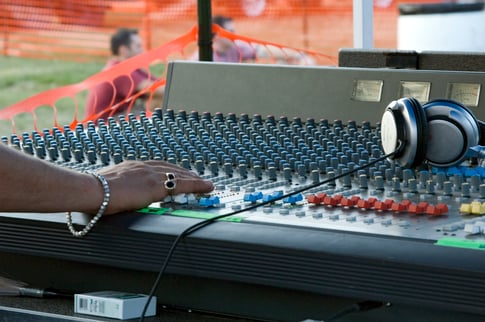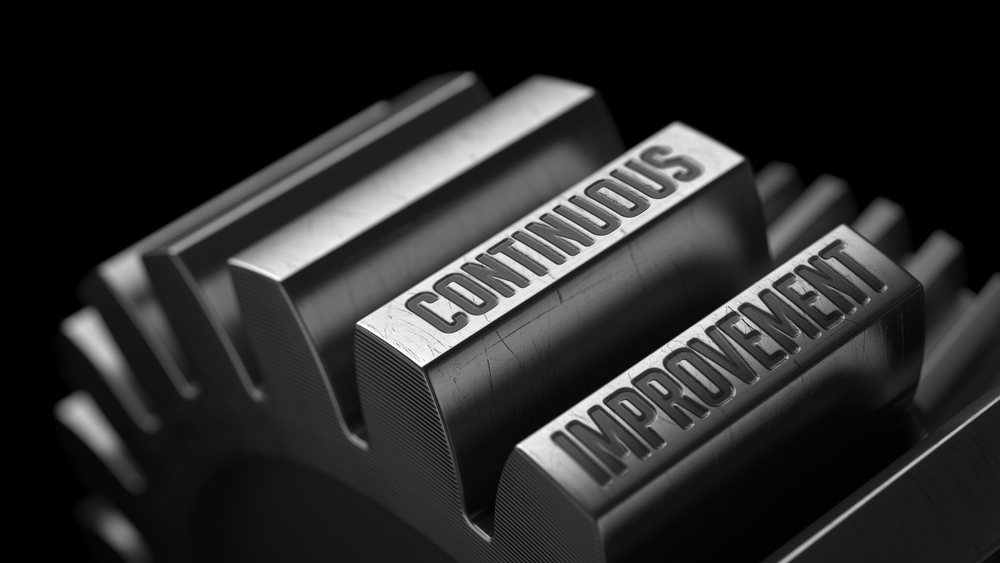The soundcheck: Tips and tricks for horn players.

Throughout the years as a commercial trumpeter I have learned to adapt to changing music venues, sound engineers, and various horn sections. Be prepared for anything, and I mean anything during the sound check. On numerous occasions the vocalist, or another band member asks for the songs to be performed in a different key or arrangement the day of the gig. Common transpositions and using your ears to perform is key. Transposition skills are not just for classical musicians, it is for all musicians!
Below is a very brief guide on the sound check and commercial performing experience. Know what is expected!
The sound check can be a very stressful time if not approached correctly. You must know what the end result should be before you begin. If you don’t know what you want, the sound engineer will do it for you—for better or worse. The sound check includes two key components: the microphone and the monitor. These two aspects of a sound system can make or break a horn player. First you need to decide what type of microphone you will be using. A stand microphone or a clip-on microphone each has its advantages. The clip-on microphone is needed if the band tends to dance or move around a great deal during a performance. In this case, a stand microphone would make the situation very difficult. If the performance does not have dance moves or other movement, then the stand microphone is the best option. The stand microphone allows the player to control how close the bell is to the microphone, a technique called microphone fading. Professionals use this technique to fade into and out of the microphone to gain a better control of dynamics. The performer knows the horn part better than the sound engineer. If you know a high note is coming up, back off the microphone so the sound engineer doesn’t turn it down. When that happens, it creates more work for the performer; now you have to play louder to compensate for the microphone getting turned down. Don’t let that happen. Be aware of the music and the distance from the bell to the microphone.
Monitors are a necessity for horn players to be able to hear themselves during a loud performance. In-ear monitors tend to produce a different sound that many professionals do not care for. Many professional horn players prefer a wedge monitor at their feet. Often the trumpet player stands very close to the drums, so drums aren’t usually needed in the monitor. A blend of bass, guitar, and vocals is the preferred mix, in addition to any horns. You must be able to hear yourself.

Playing efficiency is something that must be established before truly being successful in performing commercial music. Trumpet players are asked to play for many sets and many hours in a given night. We are expected to be able to perform all night long. The trumpet is a demanding instrument, and if not approached in an intelligent and methodical way, it will be hard for anyone to succeed. Make sure you pace yourself during a show. If you are asked to play a four-hour show, don’t give the first tune 100 percent of your endurance. You must make it to the end of the night. Also remember to choose an instrument and mouthpiece that will aid in endurance and sound projection.
We consider it a privilege to be able to serve you by providing equipment that will allow you to reach your full potential.
Above information: Murine, Eric R., "A Progressive Guide to Commercial Trumpet Playing" (2013). Theses and Dissertations--Music. 13. https://uknowledge.uky.edu/music_etds/13


